- It’s what we do
- KTM Rallye NZ
- Charley Boorman
- Generation Next
- TomTom Rider 550
- Picnic Run
- Braidwood On Royal Enfields
- Trans-Labrador Highway
- BMW F750GS/ F850GS
- Zac Speed: Shaun MacKenzie
- The Arafura Track
- All Class
- West Of The Ridge
- X-com
- Following Dakar
- Wet Road with Andy Strapz
- A Couple Of Firsts with Karen Ramsay
- Checkout
- Fit out
Toby Richardson rang his father and said, “Dad, pack your bags. We’ve got tickets to Peru and we’re going to the 2019 Dakar”.
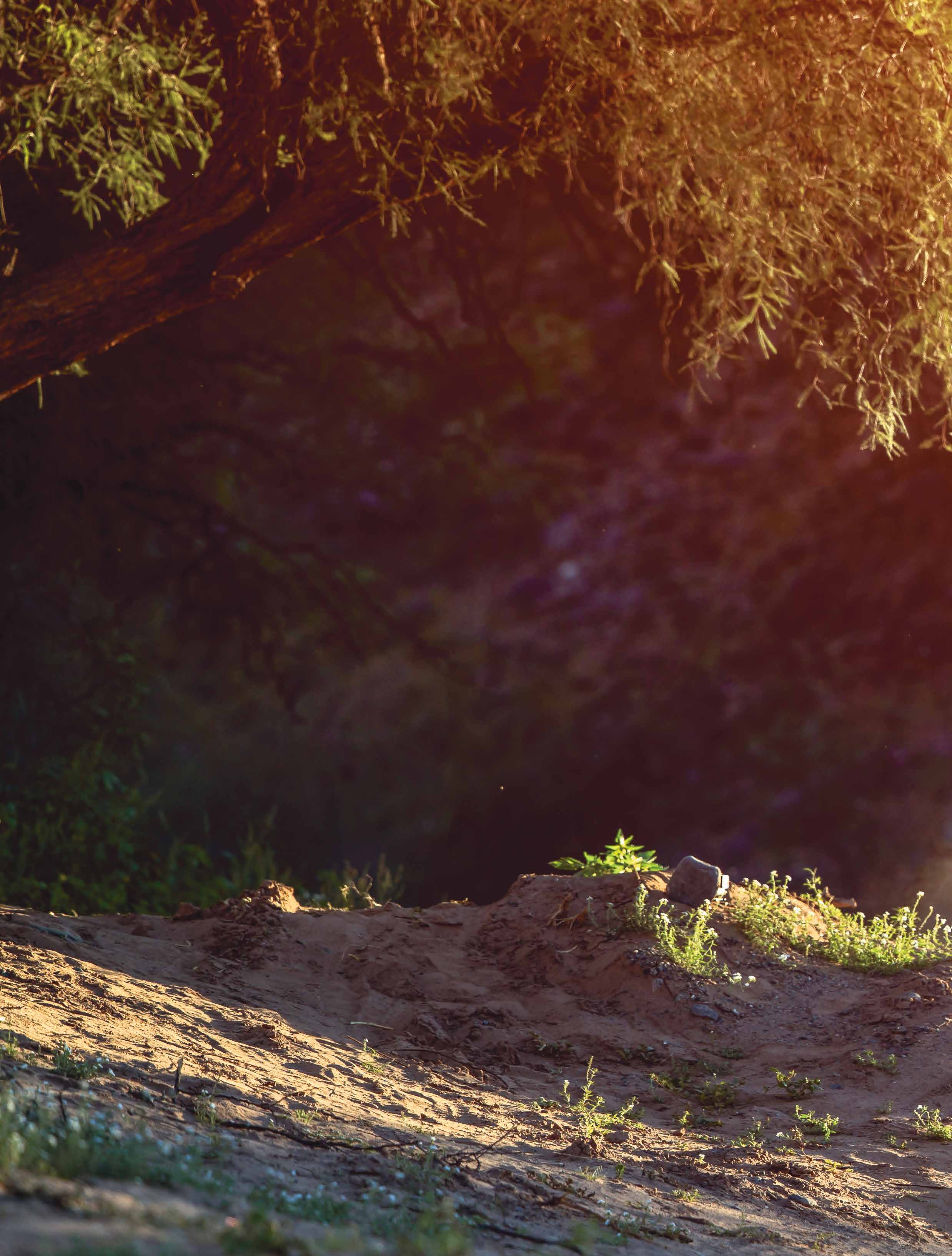
For as long as I can remember I’d always had Peru as the number-one spot on my list of places to go, and I’d decided in 2018 I was finally going to live the dream of watching the Dakar. When I realised 2019 was the first time ever Dakar would be staged within one country, and would be in Peru of all places, I knew one hell of an adventure was in the making.
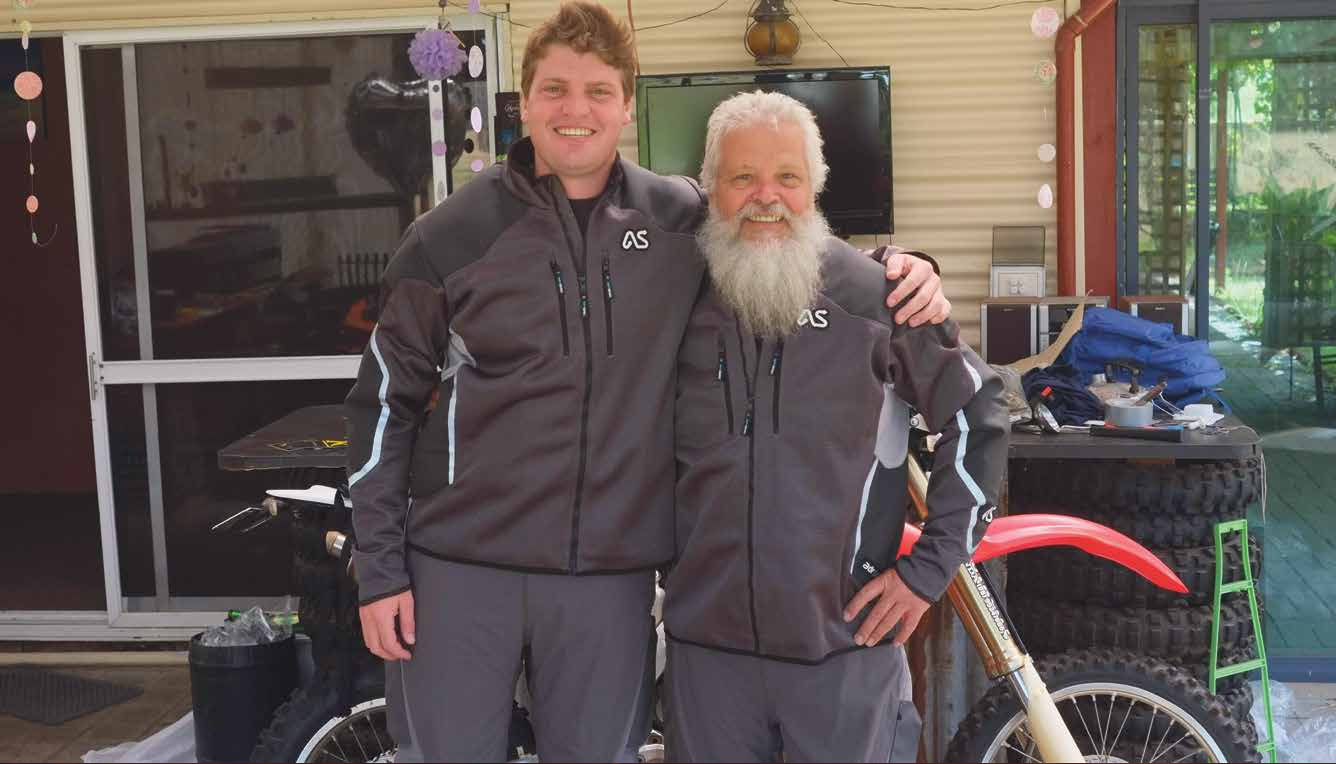 Father and son ready to head to Peru and follow the 2019 Dakar.
Father and son ready to head to Peru and follow the 2019 Dakar.
Big ideas
I had a plan, but no money.
I’d spent the last few years travelling around the world on a shoestring, working as a writer while living in low-cost Asian countries. I had flexibility, but a severe lack of savings. All I had left at home were a few treasured belongings and a small collection of bikes. I’d never wanted to sell any of my bikes, but this seemed like the one thing that would justify such a heinous act.
I parted with my most beloved of all bikes, my loyal and faithful 2007 CRF250. It was a tough 24 hours, seeing my bike disappear on the back of a friend’s ute and waiting for the money to clear into my account. For a brief time I had neither the bike nor the cash.
Within 25 minutes of the $2700 hitting my account I spent $2670 (a conveniently close number) on two one-way tickets from Brisbane to Peru. I phoned my father: “Dad. Pack your bags.”
The running tally: $2760 on plane tickets.
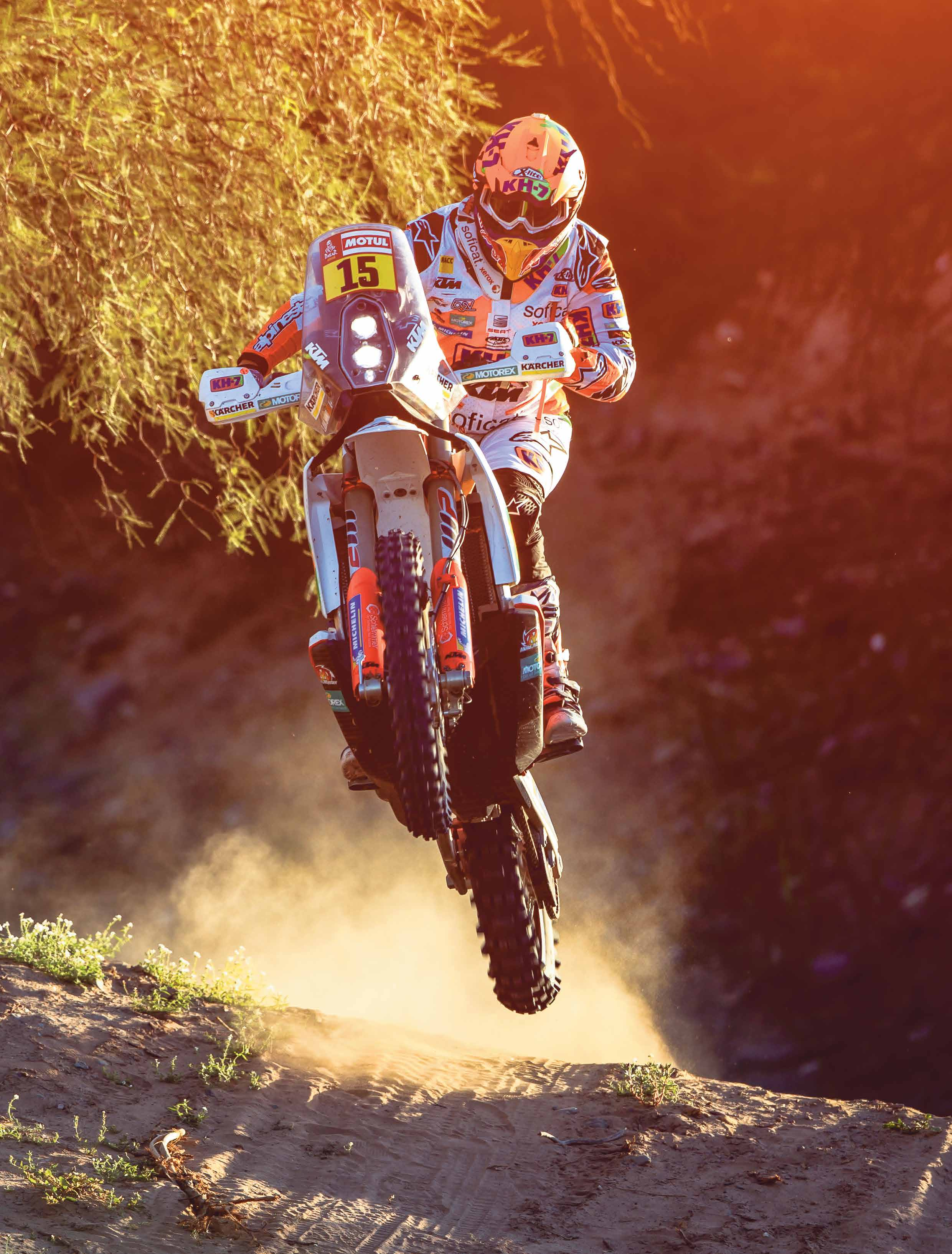
Rapture
I don’t want to have children. I wouldn’t want to have to confess the day they were born came second to the day I bought tickets to Peru.
I’d gone from being down in the dumps about selling my bike to what was easily the most ecstatic day of the entire year in a very short time. The whole trip from when we’d land in Lima was still up in the air with nothing booked or paid for, but it didn’t matter. I knew we were firmly committed and I had what American travel author Rolf Potts described as ‘the narcotic tingle of possibility’.
Bikes were next.
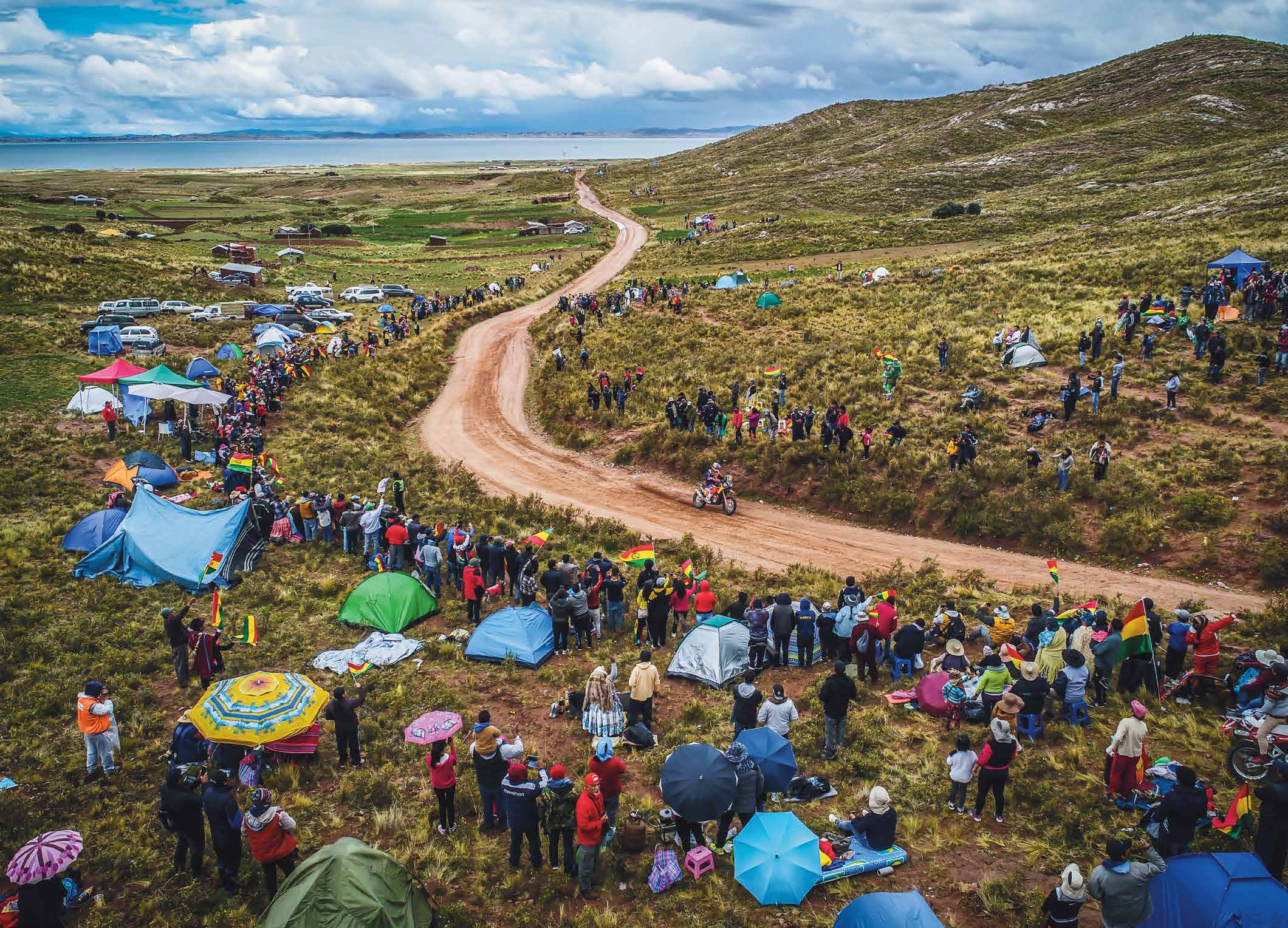
Hire ground
I’m generally quite happy renting or buying bikes from locally owned companies, but I’d never undertaken a journey of these proportions. Knowing a trip like this would involve booking and paying a deposit for the bikes well in advance, I set out to talk to someone I could trust.
Peru and the Dakar might be top of my list of things to do, but not too far below them is a tour with Compass Expeditions.
I’ve had one of their brochures sitting in my office for at least three years. When I realised they also rent out bikes in South America, I called them straight away.
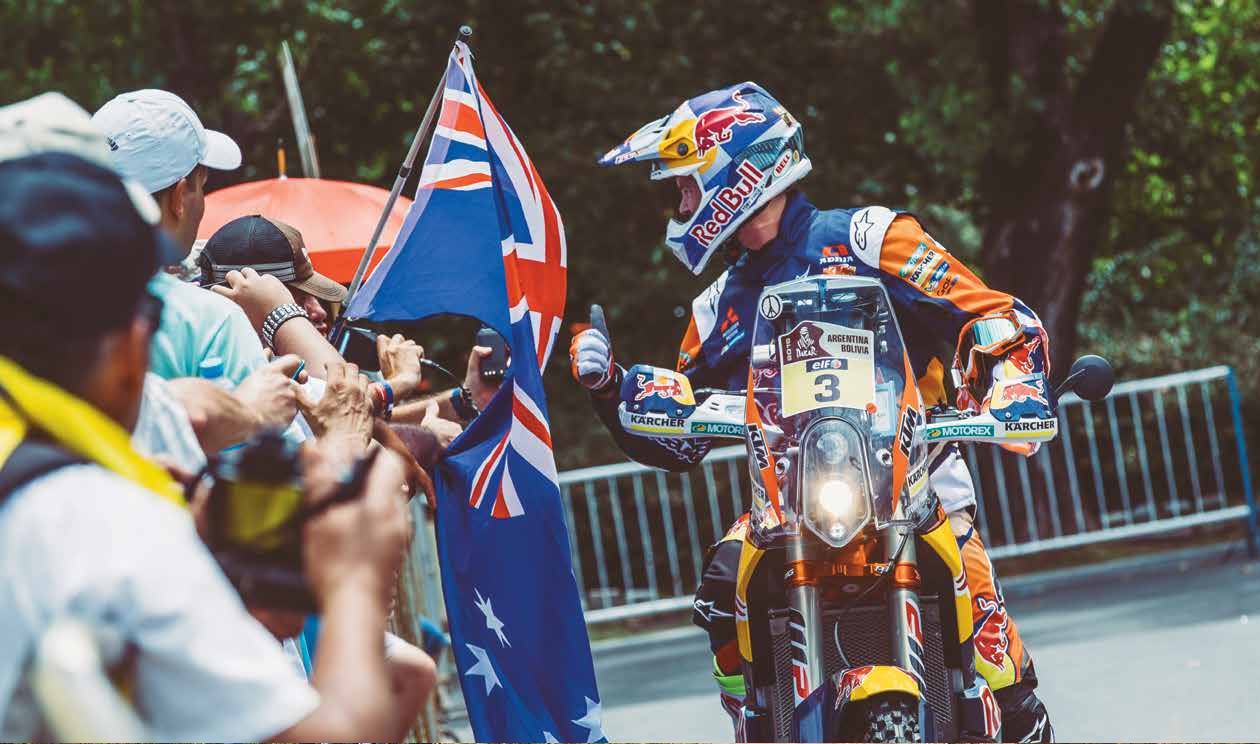
Craig from Compass couldn’t have been more helpful, and though all their bikes were booked out for that period, he put me in touch with Lars Caldenhoven from Peru Motors.
After a quick look at their website I knew I wanted to be riding a BMW 850GS. My wallet quickly informed me we would instead both be on KLR650s – which was quite alright too.
Ideally I’d rather have been doing this trip on something more like an enduro-spec 500. But no-one in their right mind would lend a bike like that to someone who wanted to cross the Atacama desert without so much as an oil change. It seemed like the KLRs were the right bikes for the job. They had plenty of grunt, a huge fuel capacity and weren’t so demanding on maintenance. Lars hooked me up with a pretty sweet deal as I agreed to take two bikes for a total of 16 days.
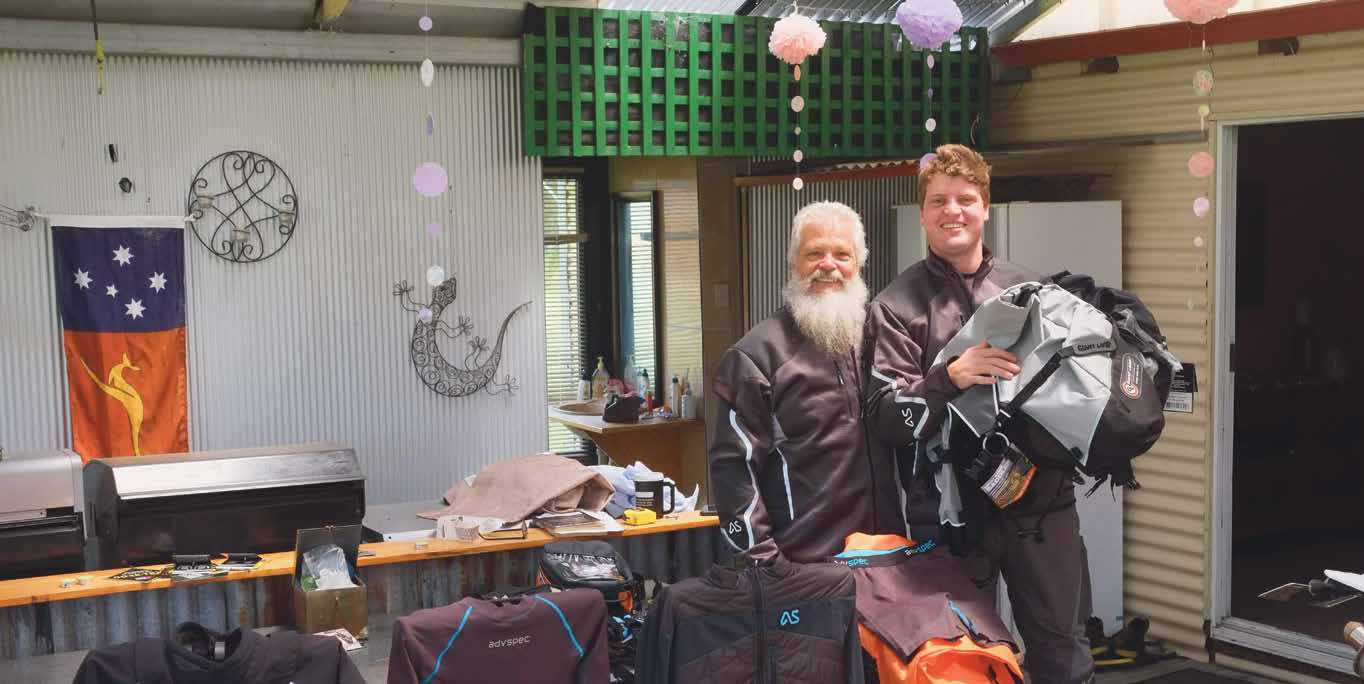
Price to be paid
That’s when I realised another bike would have to go from my shed.
This time it was to be the beautiful 2008 CRF450X which had gifted me such good times.
The proceeds from yet another travesty were just enough to pay the USD$1000 deposit for the KLRs and hopefully buy us enough kit to take on them.
I’d lived off a bike before, but never something like this in a place like the Atacama Desert – the world’s driest, highest-altitude desert.
I turned to the professionals for advice. I binge watched both Long Way Round and Long Way Down in a single day and couldn’t stop thinking about getting on a bike.
But I didn’t stop there.
I’d already watched and re-watched Adam Riemann’s Motonomad films several times, but I went to back to them with extra attention to detail, and on my father’s recommendation I watched Lyndon Poskitt’s YouTube series Races To Places.
I enjoyed the videos so much I even reached out to the series producer and riding gear manufacturer, Adventure-Spec, who will now be co-producing the video of our Dakar trip to Peru.
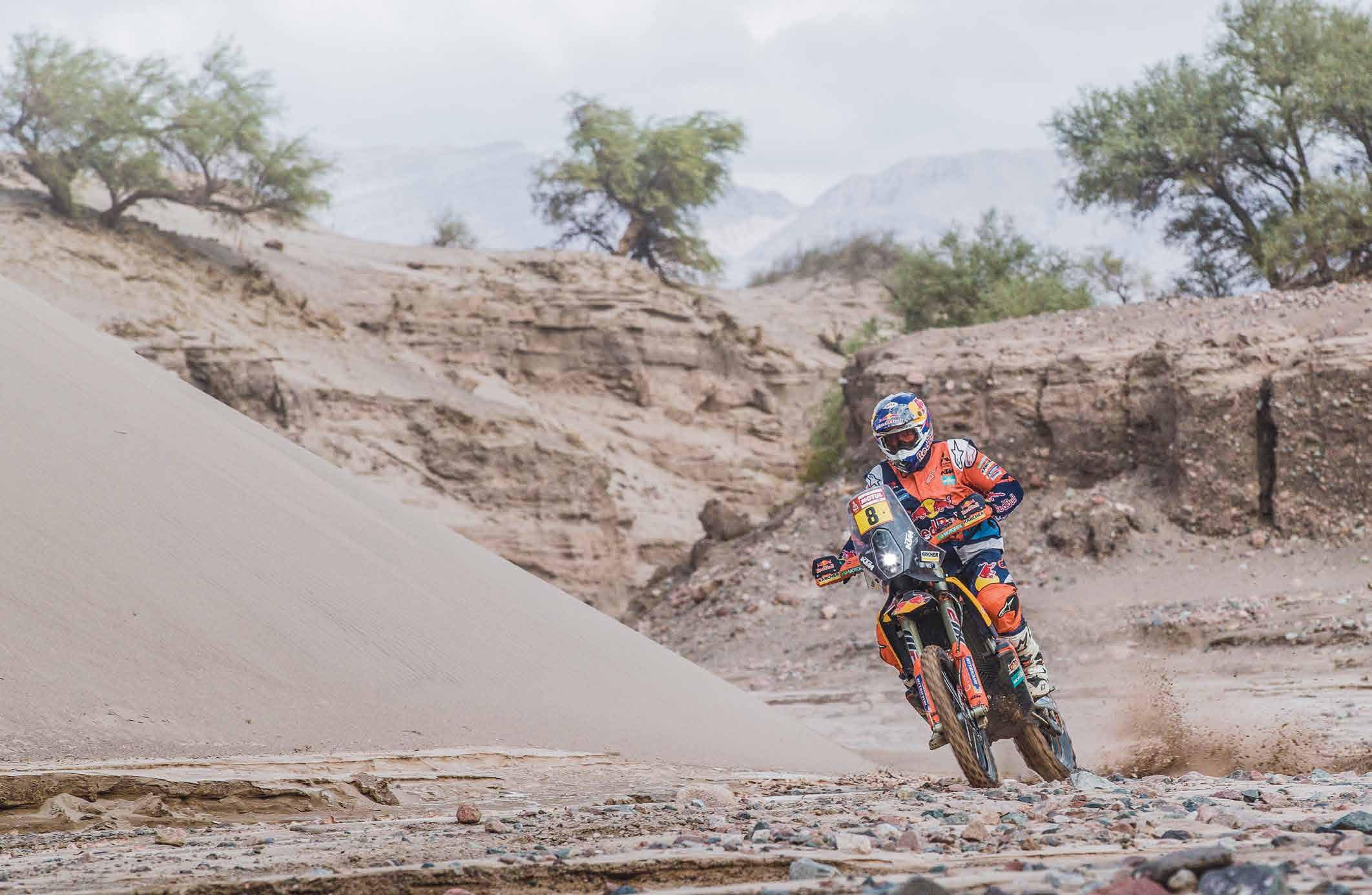 The Atacama desert will be dry with extreme temperatures. Tough on riders and spectators alike.
The Atacama desert will be dry with extreme temperatures. Tough on riders and spectators alike.
Climate extremes
We’ll be trying to follow the stages as closely as possible and will likely camp in some of these areas rather than going into the cities where camping would be difficult and could even be dangerous.
Being at high altitudes in the desert in January means we’re likely to encounter temperatures from -20°C at night through to 45°C during the day. We don’t have space to take two entirely different sets of gear, so it seemed we’d need a layering system to accommodate the extreme variations in weather.
The nature of ultralightweight/small sleeping bags means it’s almost impossible to get a sleeping bag rated to -20° for less than $1000 that would fit into our luggage. With that ruled out, it meant we needed to double up some of our clothing/riding gear for wearing on such cold nights.
After talking to a few companies and ignoring the advice of many online forum keyboard warriors, we had another list.
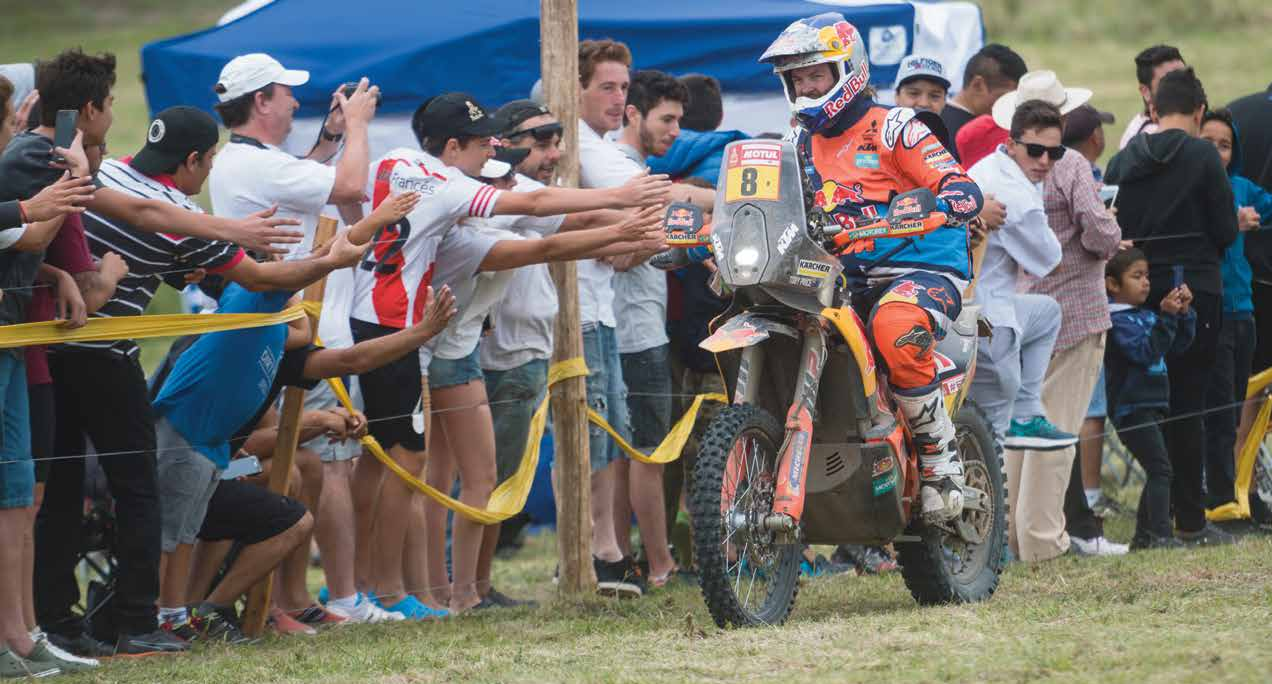 Aussie, Aussie, Aussie!
Aussie, Aussie, Aussie!
The basic rundown is as follows:
• Core short sleeves
• Core long sleeves
• Core shorts
• Core pants
Aventure-Spec is a British retailer that also manufactures equipment. ‘Core’ items are a bit like Skinz or compression garments, but they’re specifically designed for riders. We also have a mid-layer from the same company, basically a rugged jumper with abrasion-resistant points and padding so it can go under a riding jacket.
The jackets we’ll be using are meshed and breathable, designed by Adventure Spec in collaboration with Lyndon Poskitt when he rode the Dakar Malle Moto class. Designed for the Atacama? That’ll do us.
We’ll also have:
• Klim Goretex outer shell to sit over the jackets in rain and cold weather
• Klim Carlsbad riding pants.These seem to be the most suitable for a versatile range of temperatures and weather resistance
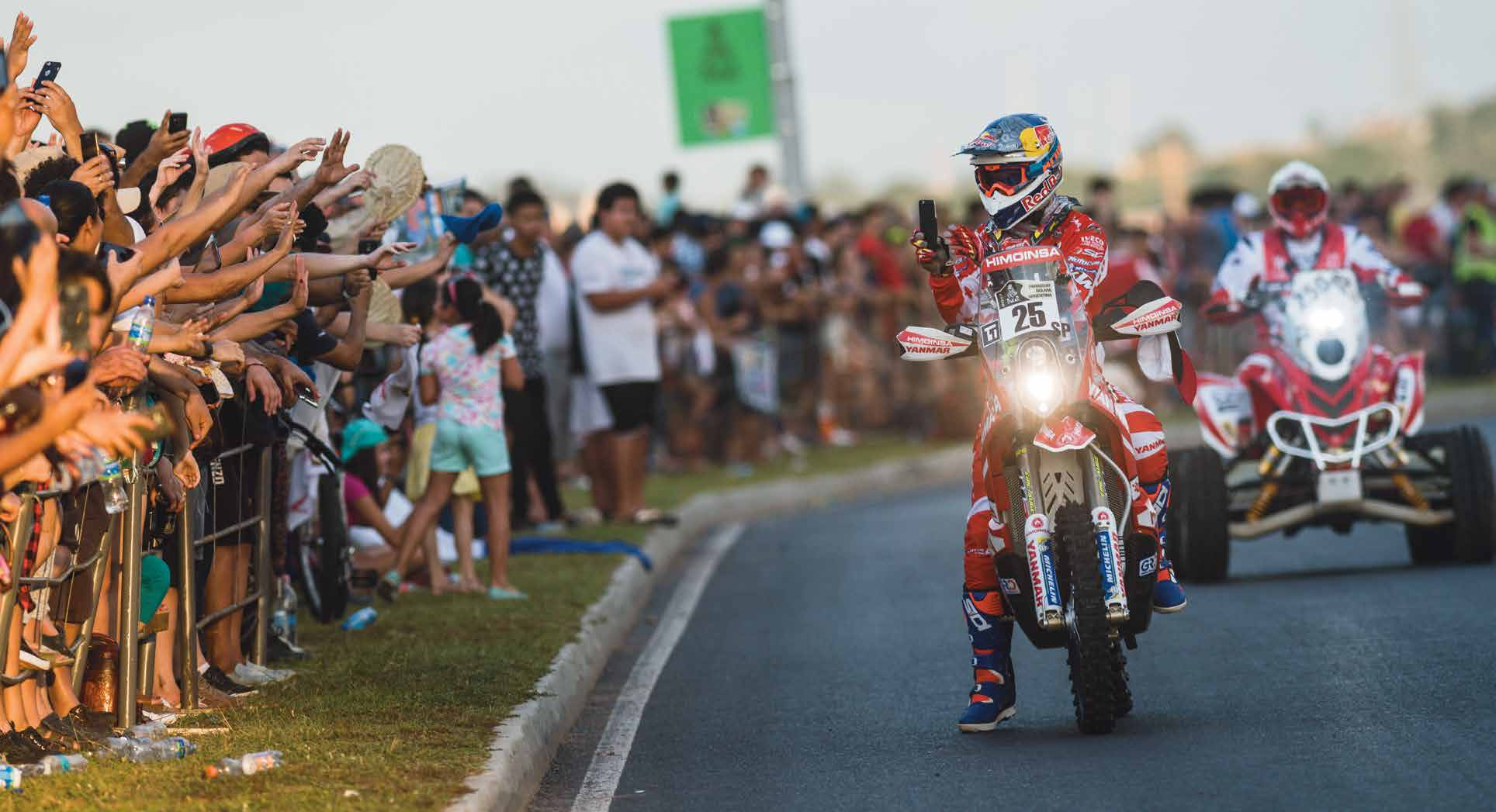
The costof followingthe Dakar
What does an adventure like this cost?
Not a great deal compared to taking an organised tour that offers less flexibility and a higher cost. With that said, I do see the appeal to a tour now that I’ve spent so long organising this trip.
Not accounting for fuel, food and accommodation when we get there, here’s a breakdown of what it will cost per person, varying with exchange rates.
• $2800 for a return ticket from Australia’s east coast. We’re flying from Brisbane via Sydney
• $2000 for bike hire, unless you opt for a more expensive Africa Twin or one of the BMW GS series which are commonly on offer around Peru
• Klim Krios helmets
• Klim Dakar gloves for most of the riding and a second set of Klim insulated and water-resistant gloves to stop the cold biting.I’ll be using my trusty old Alpine Stars Tech 3 boots.
Luggage, luggage and a bit more luggage
We’ve opted for three individual bags per rider: tankbag, backpack and a rear bag.
Before settling on our current setup, I wasn’t sure how much luggage capacity we’d have and whether we’d have tank bags. So in the end, the luggage list looks a bit like this:
• $800 should be allowed for lightweight, compact camping gear if you don’t already have some
• $600 for luggage
• $500 for riding gear. I’m assuming most people will have the bulk of the gear they need, and might only need to invest in some extra layers to match the climate. Quite a few items can be rented cheaply from Peru Motors also. Total: $6700 per person.Almost half of that cost comes from air tickets and a lot of people will already have most the gear they need. It’s quite reasonable to assume if you go to South America for a longer holiday, the ride itself only costs about $2,000. That’s quite reasonable for the adventure of a lifetime.
• Giant Loop Diablo tankbag
• Kriega R15 backpack
• Giant Loop Great Basin top roll/saddlebag.
I personally hate the clunkiness and spinal-risk injury of hard panniers, and the Great Basin offers a huge amount of storage capacity in one soft option.
If you’re not taking a ludicrous amount of camera gear, you could probably skip the clunky tank bag. You might even opt for something like the Kriega R20 or Zac Speed Dakar. Those backpacks offer a bit more storage, but still have a small enough profile to not get in the way.
When all’s said and done, you probably don’t care too much what I’m taking, but there’s been a lot of high-quality external advice going into it. It may serve as a handy guide if you’re also thinking about tackling the Atacama.
I’ll be reporting how the gear goes after we’ve finished. I’ll let you know what I should’ve taken, and what I should’ve left behind.
The rest of the story
We’ll do our best to bring you the rest of Toby’s story.
Dakar will finish just as this issue goes to print, and as soon as Toby and his father return to Australia and get in touch we’ll let you know how it went for them.

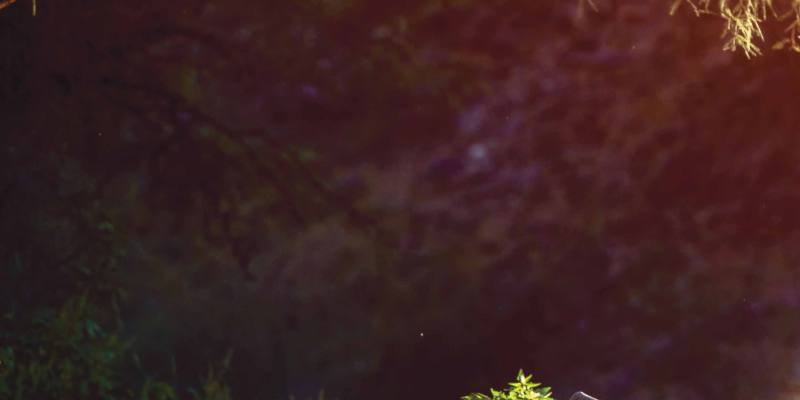

















Comments